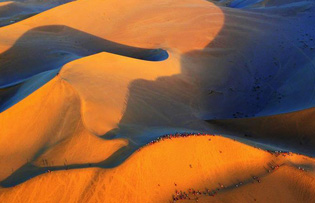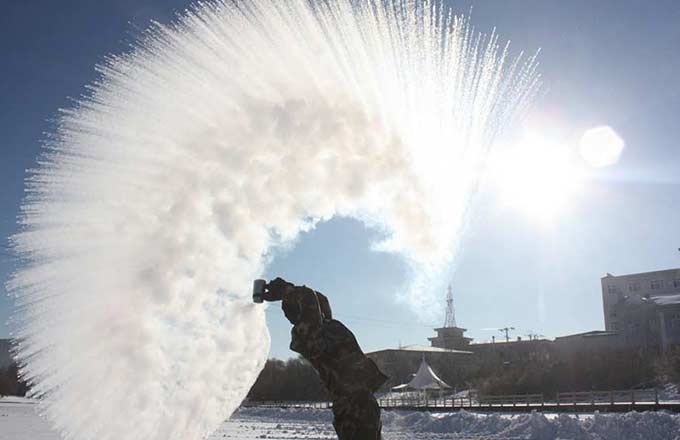Conservation efforts boost Yangtze River wetland
|
A captive Yangtze finless porpoise at the Institute of Hydrobiology at the Chinese Academy of Sciences in Wuhan, Hubei province.Kent Truog / For China Daily |
Challenges
The question of how to provide better protection for the Yangtze wetland remains a big challenge, according to Chen.
Reclamation of lakes and other wetland, pollution, overgrazing on alpine wetland and overexploitation of fauna, flora and water resources are some of the factors threatening the Yangtze River wetland, he said.
Chen Jiakuan, a professor of ecology at Fudan University in Shanghai, said the conservation project faces many "very serious problems".
"Some are terrifying," he said. "The most pressing problem for me is dam construction on the Yangtze mainstream. A total of 25 dams have been completed, are under construction or are planned for the Jinsha River (the Chinese name for the upper stretches of the Yangtze River), including a few world-class megadams. They have changed the river's hydrological processes."
As a result, only about 150 million metric tons of silt have flowed downstream annually in recent years, compared with 450 million tons a year in the 1950s, he said.
"The basin is such a large area. We have often faced different problems involving different departments in different areas since we joined the Yangtze conservation program in the 1990s," said Liu Xiaohai, conservation director of WWF China. "Protecting a single species - the Yangtze River finless porpoise, for example - we encountered problems caused by sand dredging, pollution, overfishing and navigation."
In a reserve for giant pandas, conservationists may face environmental problems caused by a village with a population of a few hundred people, he said.
"But about 20,000 people live on Tian'ezhou Island," he said, explaining that the river island is part of two national nature reserves and is important for the survival of several key species, including the finless porpoise and milu, also known as Pere David's deer.
When discussing the problem of overfishing, one also has to consider the 150,000 fishermen who make a living from the river, Liu added.
Chen Jiakuan echoed Liu: "That's why we need extensive protection, which means protecting not just the river, but also the whole watershed - all the forests, rivers and lakes along the lower, middle and upper reaches of the main river. They are communities of lives. To put the Yangtze under extensive protection, we have to deal with all of the problems."


























